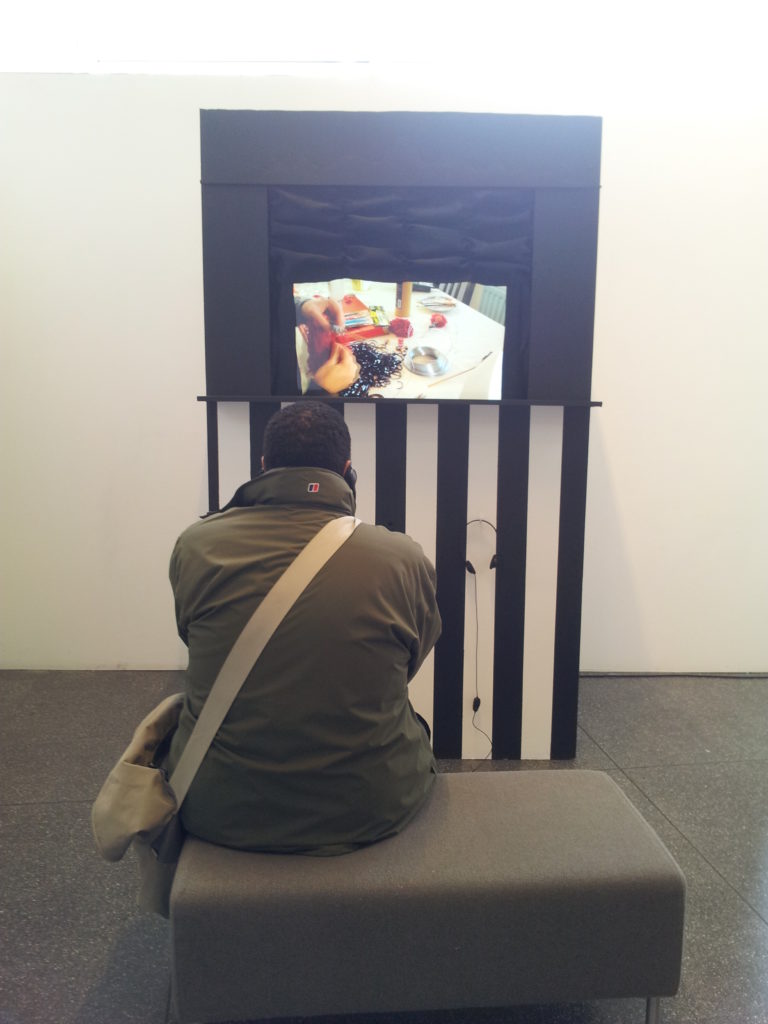I revisited this film last week, whilst deciding whether to include it in an art award application. It was fascinating to watch the process of the puppets being made, including the undoing of bits that didn’t work. I thought I’d cringe at my reflective narration but actually it feels even more relevant six years on.

Teachers can have a massive impact with their judgement of students. My secondary school art teacher’s comment still undermines me if I am not vigilant in taking steps to thwart it (see film for details). I made this film during my second year of studying moving image at university. During the exhibition one of my tutors said she couldn’t see herself in it, with a tone implying that was bad. But the film wasn’t about her; it was about me surviving in an ableist society.

My tutor wanted me to use my puppets to portray domestic violence but Punch and Judy already do that. I chose to juxtapose shots of Punch and Judy with shots of my puppets coming together to sing. I’m glad I stuck to my idea – I feel like the slow motion images of Punch attacking Judy are haunting. They represent patriarchy’s historical and current fear, hatred and abuse of women.
Right at the end of the film, after the credits, I edited what I perceived at the time as an outtake. But it seems relevant now as an indicator of ableist society.
I say: Nice moves. Can you do a moon walk?
Andy (moving the puppet) says: I’ve got no fucking legs!
Andy sounds incredulous and annoyed at my question and rightly so. In this society it is supposed best for disabled people to fit in with ableist culture, especially if they mask their disability and look like they can fit in. I’m struck that at the time I couldn’t hear the frustration and annoyance in his voice, but now I can. Perhaps I’m projecting my own inabilities to fit in.

It’s always a hard thing when what you make doesn’t appeal to your teachers. I think what you have done sounds like it has lasted the test of time, it’s always best to follow our creative instincts!
Thank you, Melissa <3
Puppets are incredibly powerful. I used to teach shadow puppetry and found children, unable to speak about how they felt, could do so from behind a screen. I really liked this. Re Punch and Judy, an artist friend of mine made an installation. Within a tent there was a couple of dummies rather like guys for Firework Night but obviously Punch and Judy. Around them were ticketed numbers, each one marking a domestic violence case.
Those are both powerful examples of how art can bring awareness or enable people to give voice when previously they haven’t been able to. I’ve also heard of puppets being used with people with dementia – they also find it easier to relate to the puppets. There’s something magical about bringing a puppet to life. Thanks, Melissa <3